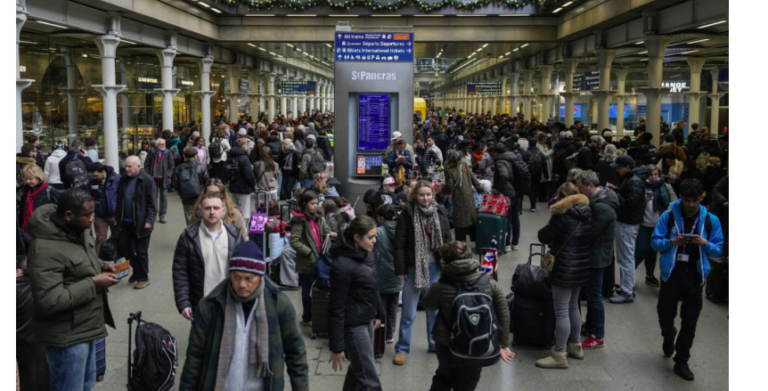U.S. Health and Human Services Secretary Alex Azar visited Taiwan for high level meetings last week in a move that angered Beijing. His unprecedented trip prompted China to send J-10 and J-11 fighter jets into the Taiwan Strait where they briefly crossed the sensitive median line which unofficially separates airspace between the mainland and the island. China considers Taiwan a rogue province and maintains that reunification is inevitable, reserving its right to use all necessary measures, including military force.
In recent years, political and military tensions between Beijing and Washington have escalated amid the Trump administration’s ongoing trade war with China as well as its decision to supply Taipei with advanced variants of the F-16 fighter jet, along with other items of modern military hardware. China’s controversial territorial claims in the South China Sea have also contributed to growing feelings of unease across the region and prompted Japan to cast aside its postwar pacifism.
also read
“Greece’s games can turn into Greek tragedy”, threatens Turkish MP Celik
China has never ruled out the possibility of invading Taiwan and it has continued acquiring the military capability to do so. In recent years, it has modernized its military, introducing the J-20, an indigenous 5th generation stealth fighter. It has also commissioned two aircraft carriers (although one is used for training and omitted from the following infographic) along with several modern amphibious transport dock/landing vessels. Even though the possibility of China taking Taiwan by force is low, the military balance in the Taiwan Strait is firmly in China’s favor. The following infographic provides an overview of that imbalance and is based on an annual U.S. government report.
source statista
You will find more infographics at Statista
Ask me anything
Explore related questions






